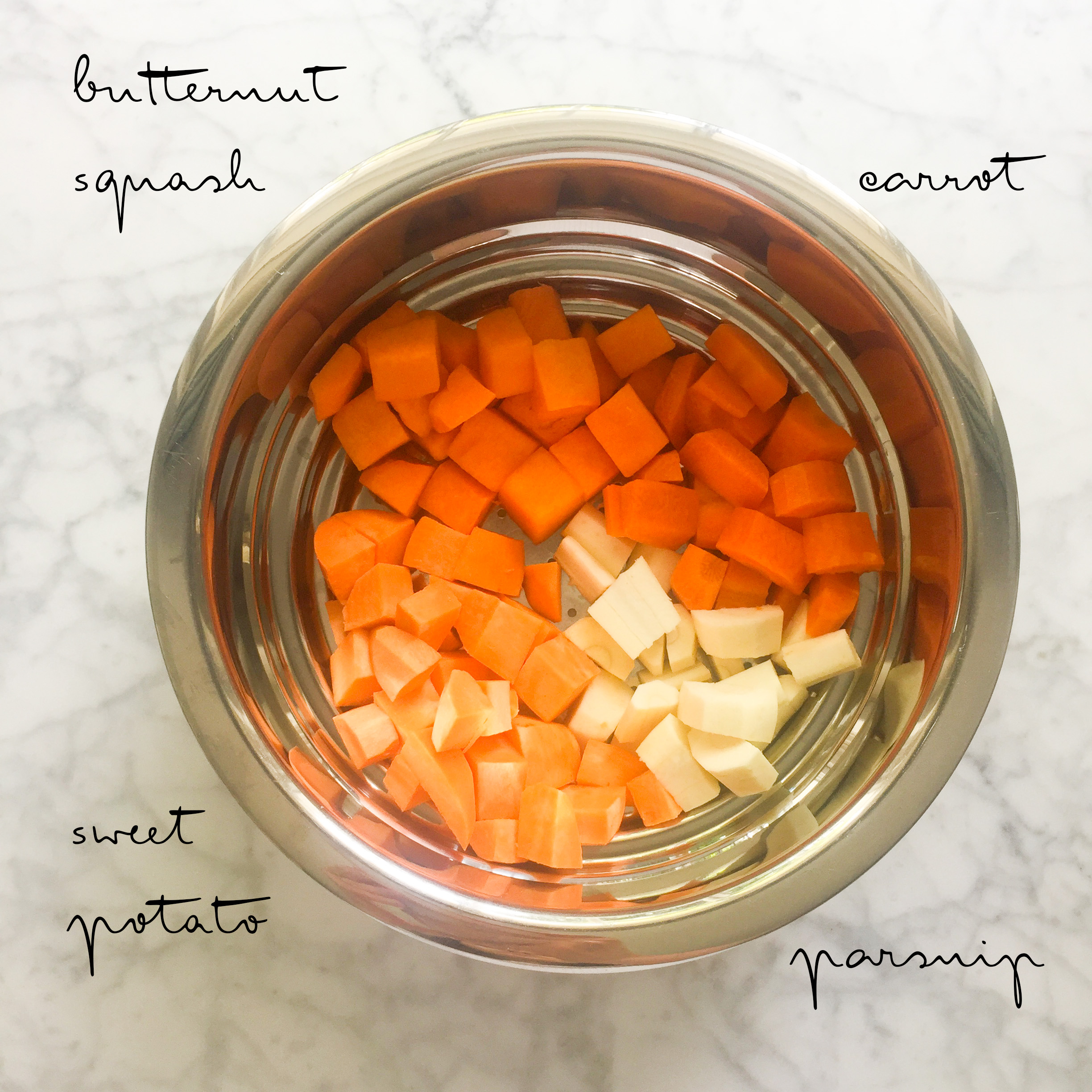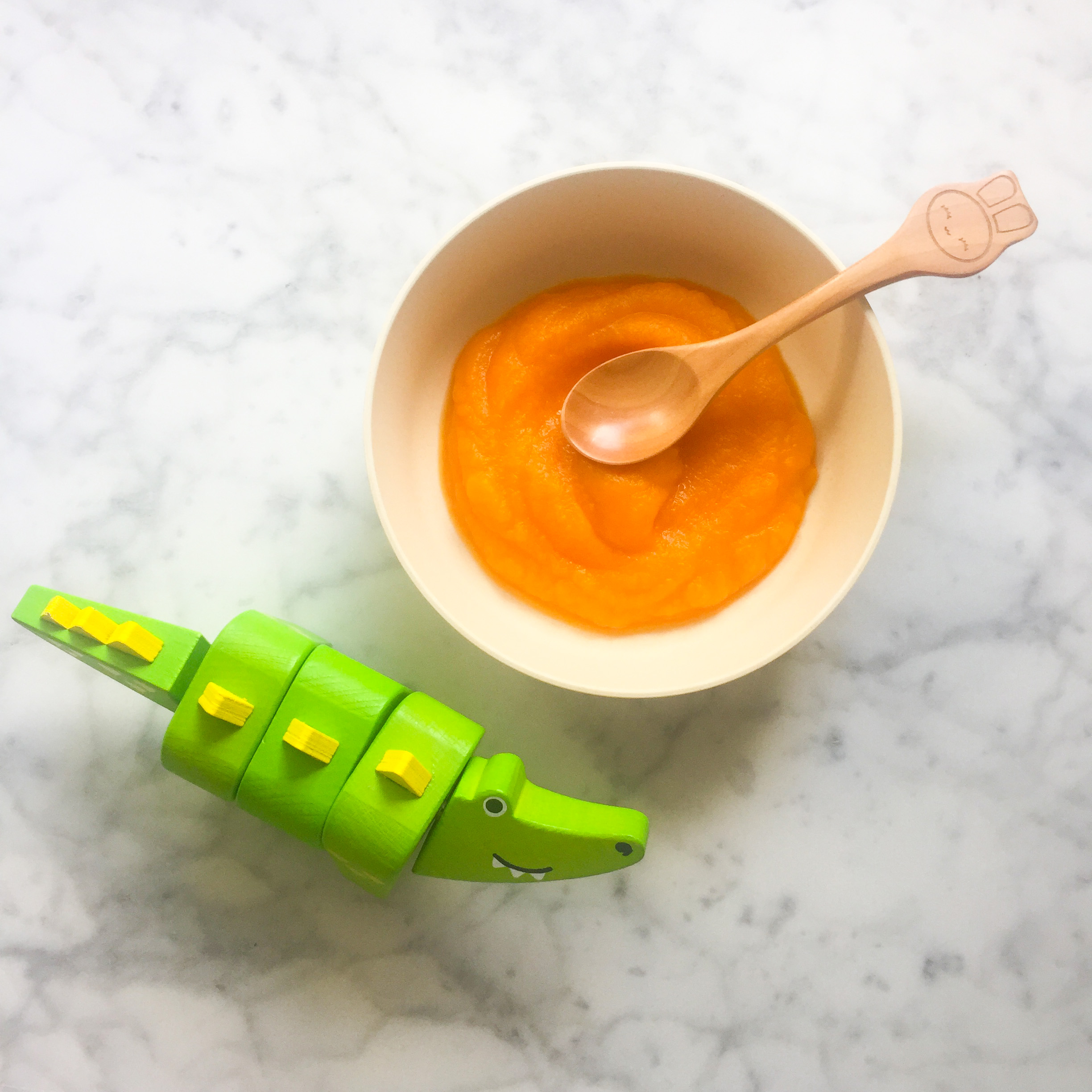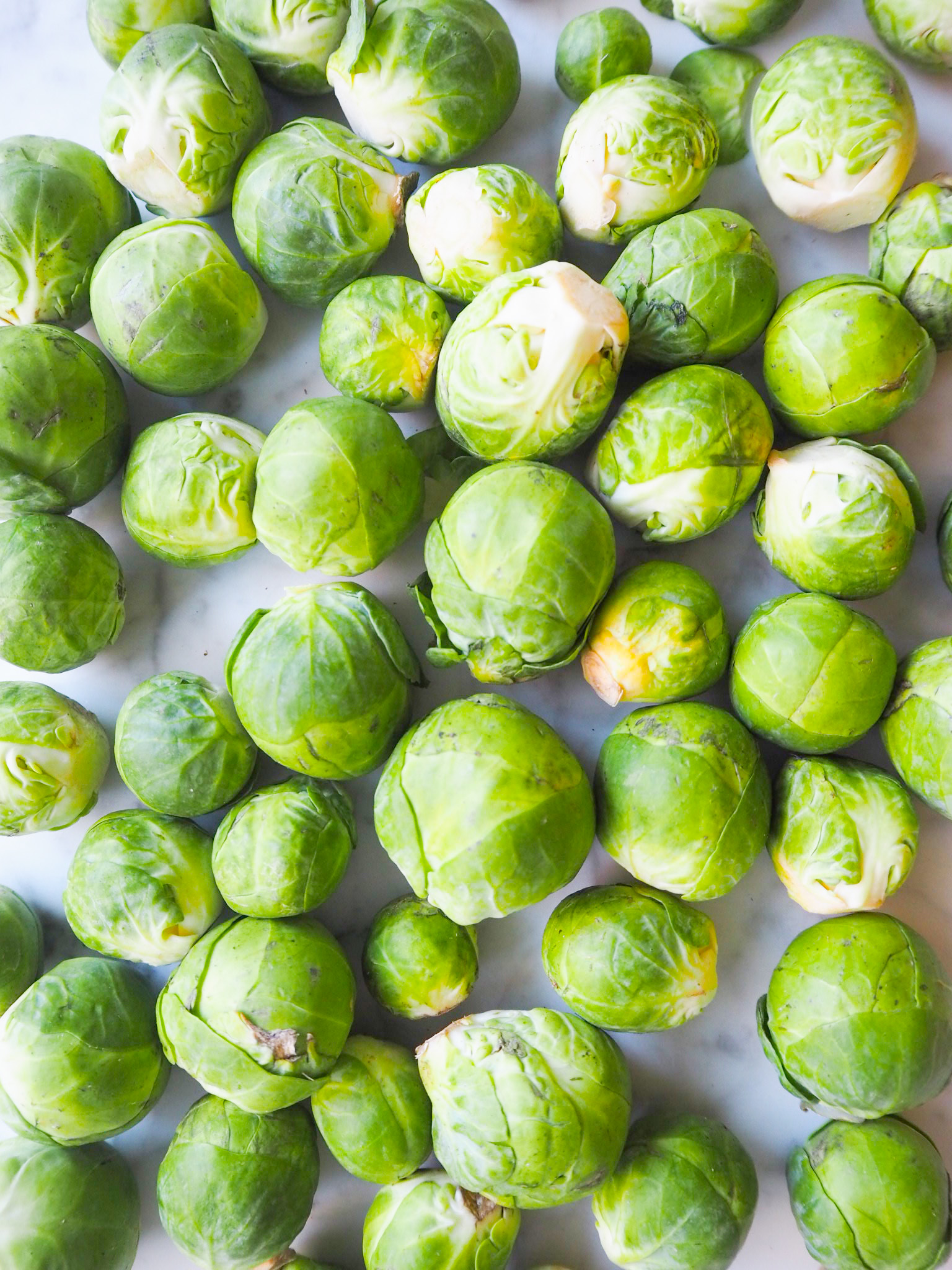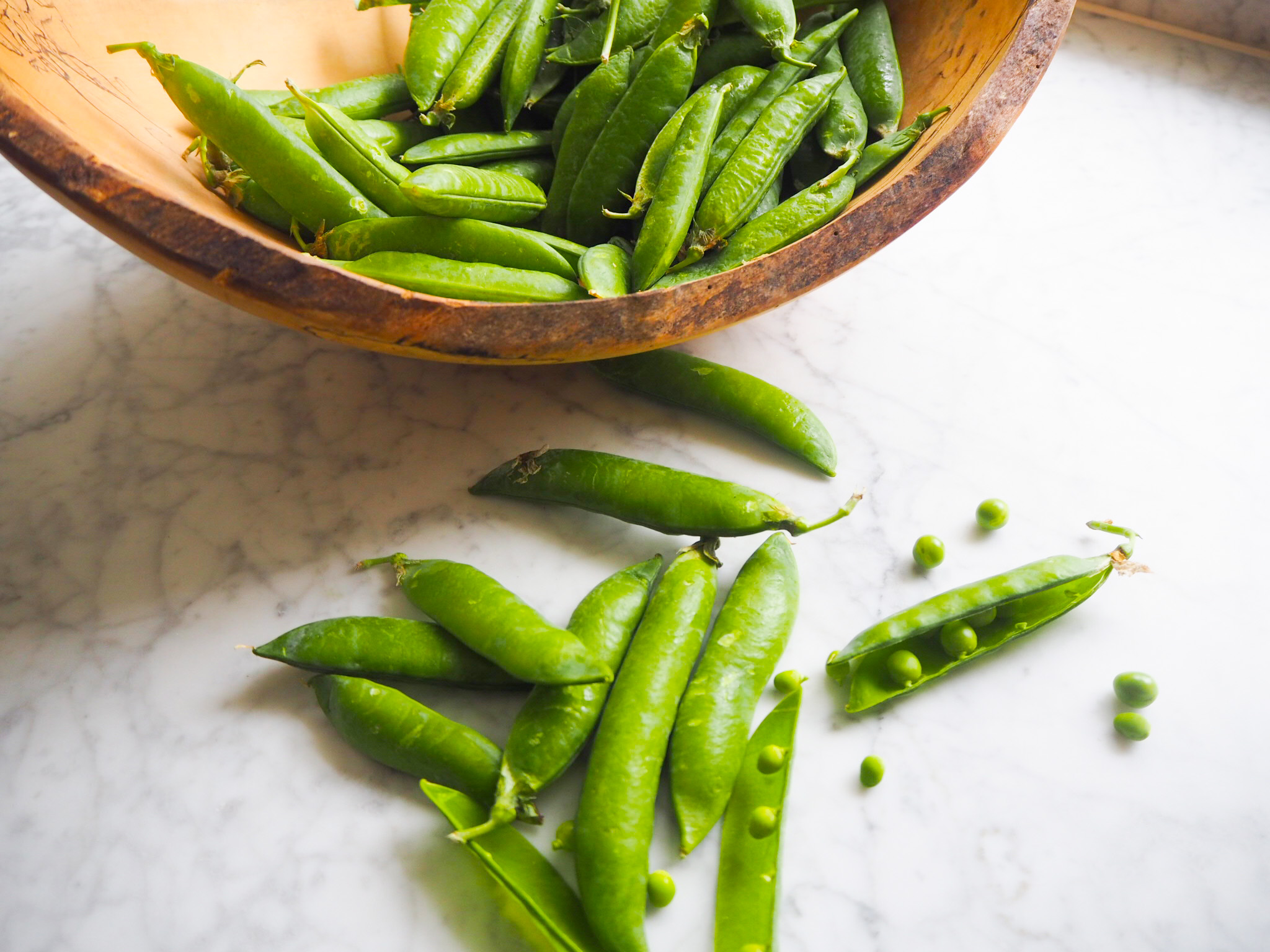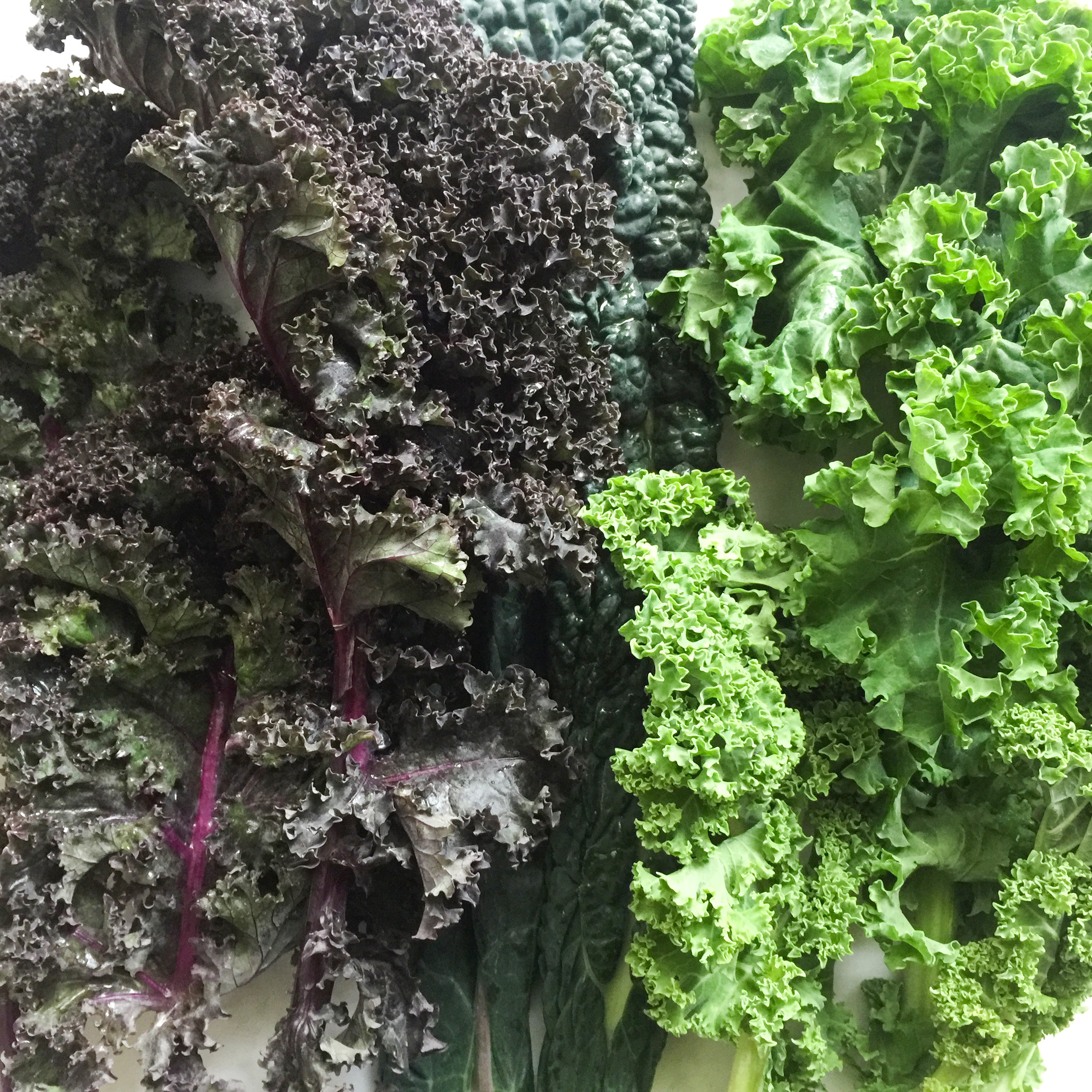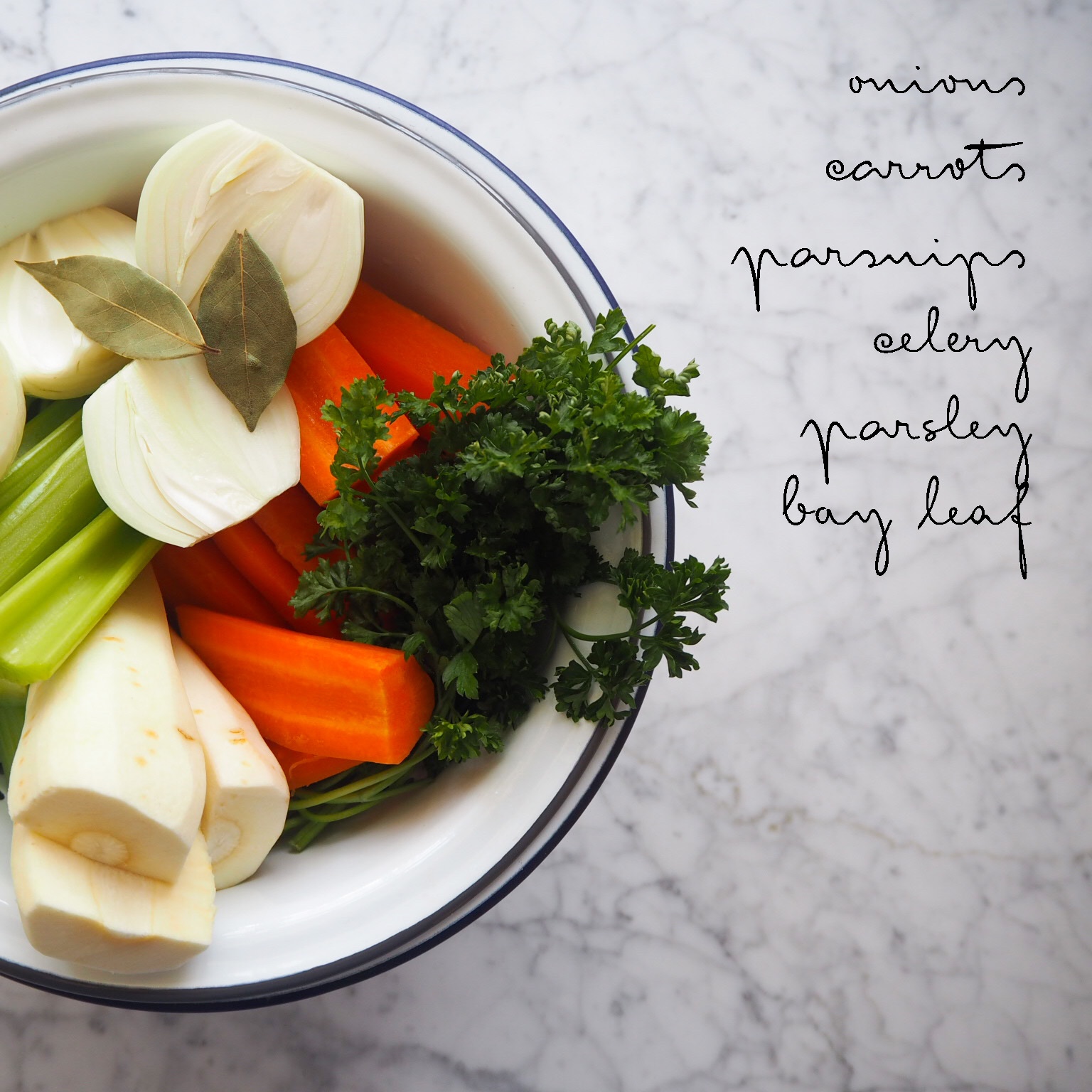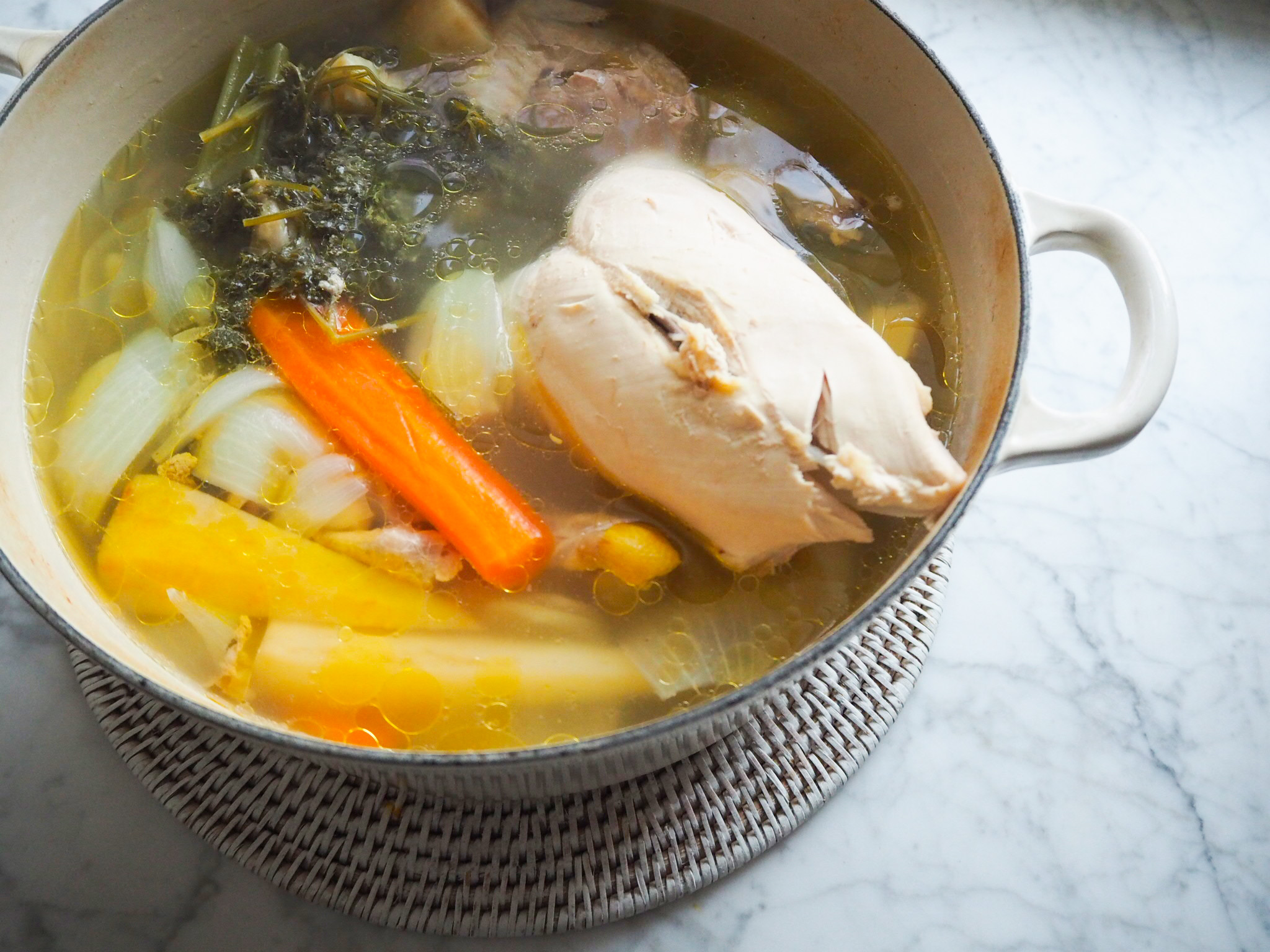Second Tastes and Foods
This is the second part of the Mimi’s Bowl series on weaning. It is based on the stages in which I approached weaning, with both my own children and this series has been written in conjunction with our paediatric dietician. Here are my clear goals, to make the whole process easier, less complicated and more enjoyable. However, every baby is different and so please do not use this as a definitive guide, if you have any concerns or questions please consult your personal Health Care Advisor.
By now you will have worked through Stage 1 or First Tastes and Flavours: exploring your babies first fruits, vegetables and wheat-free grains. It is now time for Stage 2: combining purees, a variety of grains, protein and essential fats, and key minerals and vitamins. That is what this blog is focused on discussing.
It is an exciting time, as your baby can now begin to explore more complex flavours and more exciting foods. The foundation of weaning is ensuring variety in what your child eats and offering a broad range of flavours: bitter -> through to sweet. Stage 2 is where this really comes into play: especially since you can start making some delicious recipes. As with all weaning, stick to simple recipes which are nutrient dense.. This is a period of development for your baby so food is now a key part, of supporting your baby with nourishing food.
This next Stage 2 could fall anywhere after 6 months + depending on when you began weaning
stage 1 = 4-7 months
stage 2 = 6-8 months
quick checklist
Your baby is now…
eating x2 - x3 meals per day, as their nutritional requirements increase
on a regular feeding schedule: three meals, snacks and milk feeds
on a schedule which considers the timing of milk feeds: milk too close to a meal could impact your babies appetite (for solid foods)
the goals
*combined purées
moving on from single flavour purées and starting to build more complex layers of flavour into your babies diet. Also adding in more grains, with slow releasing energy (unless there is a history of intolerance) and pulses
*protein and essential fats
adding more protein into your babies diet: to sustain, keep them fuller for longer, support their growth and development
*key minerals and vitamins
include certain minerals and vitamins in your babies diet, to support their growth and development. The key minerals and vitamins are Iron, Zinc and Vitamin D
Combined purées, flavours and grains
As you introduce new flavours to your baby, you can now start combining foods they have tried. I call this stage combined purees, e.g. apple + pear + oats + pinch of cinnamon. It is the process that builds more layers of flavour into your babies meals.
what to think about
(a) Palette
Do not always add sweet flavours, to each purée, this just makes everything taste sweet/ the same. You will see so many babyfood recipes add sweeter flavours for no reason: Pear and Kale (?) Keep purées either (i) savoury, or (ii) sweet, this way you are offering the broadest range of flavours possible. Kale + broccoli (for example) makes more sense. If you do want to add something a bit sweeter to savoury purees, add root vegetables, instead of fruit.
Do not avoid more savoury/ bitter tasting foods, e.g. brussel sprouts, spinach, cabbage, kale etc. The latest research shows that it is important to introduce variety from the outset, with multiple exposures to the same flavour. For further reading I really recommend: First Bite How We Learn To Eat it is an absolutely fascinating read and will give you so much insight into the psychology of eating.
(b) Purée prep
The possibilities for combined purées are really endless. If you use ice cube trays to freeze purées, then you can defrost and combine purées as you need: think of this approach as a purée pick n’ mix. It makes life so much easier and means you can incorporate much more variety into your babies diet, then prepping all food from scratch every day.
(c) Flavour
Make flavour combinations that will taste delicious. Just because you read somewhere that babies love chicken and apple, doesn’t mean it tastes good. If the combination sounds weird to you, then it probably is… I always see books suggesting avocado and banana together; given it really is my food hell I am loathe to serve it to my kids. So don’t. Go with your instincts and make foods you like and think your baby will like.
(d) Extra Nutrition
Use homemade (no-salt added) stocks as a base for your combined purees. I make two versions: Homemade Chicken Stock and Homemade Vegetable Stock. You can make one big batch: freeze the stock in cubes, then add to savoury purées as needed. They will add much needed flavour, to your baby food, as well as nutrition. Adding Homemade Chicken Stock is also a great way of gently introducing protein into your babies diet.
(e) Grains and pulses
After 6 months + you can start incorporating wheat based grains into your babies diet. They will fill your baby up and provide slow releasing energy. This includes pasta, couscous etc..
Bianca advises opting for white grains and occasionally whole grains. For example white rice rather than brown rice. This seems as odds to everything we think about healthy eating but as Bianca explains whole grains are higher in fibre and can be bulky. They might fill up your baby too quickly and cause some tummy upsets/gas, when too much is given too soon. It is best to use whole grains sparingly initially, then mix up with white versions whilst your baby is getting used to them. At this point pulses can also be introduced also. Suddenly the possibilities for combined purees are becoming much more varied.
I started with porridge grain options, before the lunchtime sleep and here are some fun ones to try (unless there are specific allergy concerns, such as gluten intolerance). Just prep them and combine with homemade purees.
Oats/ or gluten free oats: oats are a good source of energy and are packed with minerals that are essential for the development of your baby like calcium, iron, zinc, phosphorous, potassium, sodium and magnesium. They are also high in vitamins and high in antioxidants. My top tip is to blitz the oats in a blender to make a smoother consistency to start with.
Spelt (spelt is not gluten free): an ancient grain, naturally high in soluble dietary fibre (therefore has stool softening properties). Compared to wheat, spelt is also higher in the B-complex vitamins and both simple and complex carbohydrates. Spelt contains significantly more protein.
Quinoa: use the ground quinoa baby porridge flakes (and not whole seeds), which are also gluten free. Quinoa contains essential amino acids. The seed is considered a complete protein containing a good amount of essential amino acids. Full of vitamins and a great source of minerals. Provides antioxidants and carbohydrate rich too. Non GMO and is organic. This is high in fibre so best to give from 6.5 months +
Protein and essential fats
Adding more protein into your babies diet: keeps them fuller for longer, supports growth and development. This can feel like a really daunting step, but it is crucial to add protein and not delay introducing it. I talk to so many parents who are routinely stuck on offering just vegetables and fruits at 7-8 months, when really they should be expanding their babies diet and food intake. You want to ensure your baby is getting all necessary nutrition. Although fruits and vegetables provide many essential nutrients, they are also full of fibre and whilst that helps digestion, they can be bulky and do not provide much energy for your baby. Babies small tummies fill up easily with low-energy fibre-rich foods, but you want enough proteins and fats to give them energy/ support growth. It’s about getting the balance right.
Protein rich foods not only provide iron but they also provide essential fats. Opt for nutrient dense foods, loaded with protein, iron as well as vitamins and minerals
examples of protein sources, animal foods:
beef, pork, lamb, veal (but no processed meats)
chicken, turkey
fish* (no shellfish)
eggs*
dairy*
n.b. cow’s milk* must be cooked
examples of protein sources, plant foods:
tofu
lentils*
beans and chickpeas*
spelt*
quinoa*
* allergy foods so check with health care professional, or avoid if the allergy has been diagnosed. Always follow the advice given by your health care professional.
It is recommended to incorporate healthy and essential fats into babyfood, as fat plays a crucial role in your child’s development and growth. Breast milk or formula are both high in fat and up until 12 months they will be the main source of fat for your baby. It is recommended the between 1-2 years your baby should broaden the variety of fat sources they eat. Fat also helps your baby absorb certain vitamins (Vitamin D). Babyfood just made from fruit or vegetables simply does not contain enough nutrition to sustain your baby, so many parents delay the introduction of fats, proteins and other sources of iron.
It is crucial to keep adding a variety of foods to your babies diet, each time broadening their sources of nutrition (this is allergy dependent). “Utilising the window of exposure” is a term our paediatric dietician Bianca uses.
Some good examples of fat sources for your baby, however be mindful you just adding very small quantities of butter or oil to your cooking, it will also enrich your babyfood and depth of flavour. Something I think we can often forget with babyfood.
sources of essential fats
olive oil, coconut oil, avocado oil / avocado
butter* (ideally made from grass fed dairy cows, as higher in nutrients)
cheese* (opt for pasteurised)
chia seeds
nut butters* (not suitable for babies with nut allergies)
sources of Omega 3 fatty acids, crucial for brain/ eye development
oily fish*
nuts and seeds* (not suitable for babies with nut allergies)
vegetable oils
* allergy foods so check with health care professional, or avoid if the allergy has been diagnosed. Always follow the advice given by your health care professional.
Minerals and Vitamins
>Keep offering your baby iron rich foods, including a portion of an iron rich food at every meal
>Increase absorption by adding foods high in vitamin C
Iron + Vitamin C = increases absorption
Iron is a mineral that serves important functions in your body, but many people and babies don't get enough. This is the time to include iron rich foods (plant or animal based) in your meal plans, to support your babies development. It is important to know that our babies natural iron reserves start to deplete at 6 months, so they need a diet rich in varied sources of iron. Iron deficiency (anaemia) can affect growth and brain development.When we think about food sources of iron we generally think about meat. Meat does have the iron that is easiest to asorb, so it is indeed a great source of iron for your baby. But, there are other plant based sources of iron which will help broaden your thinking, cooking and baby/ child’s diet
iron rich plant foods:
iron fortified infant cereal (single grain cereals, such as rice cereal, before starting mixed cereals)
tofu
beans, soybeans & other beans
chickpeas*, or legumes*
lentil, or chickpea pasta
spinach and green leafy vegetables
iron rich animal foods:
beef, pork, lamb, veal
chicken, turkey (dark thigh meat is higher in iron)
fish*
eggs*
* allergy foods so check with health care professional, or avoid if the allergy has been diagnosed. Always follow the advice given by your health care professional.
fish*
meat
nut and seed butters*
(not suitable for babies with nut allergies)
eggs*
dairy*
wholegrains*
Zinc is a mineral that is essential for normal growth and development for baby. Foods that are rich in fats and iron are mostly also good sources of zinc.
* allergy foods so check with health care professional, or avoid if the allergy has been diagnosed. Always follow the advice given by your health care professional.
Vitamin D is important for bone health, immune system and cell growth. Mainly obtained from sunlight exposure but some foods can also provide vitamin e.g. oily fish, eggs, fortified breakfast cereals and butter. In the UK cow’s milk is generally not a good source of vitamin D as it is not fortified (some countries do fortify cow’s milk)
The Department of Health recommends:
breastfed babies (from birth to 1 year of age) should be given a daily supplement containing 8.5 to 10 micrograms of vitamin D to make sure they get enough
formula-fed babies shouldn't be given a vitamin D supplement until they're having less than 500ml (about a pint) of infant formula a day, as infant formula is fortified with vitamin D
You can buy vitamin D supplements or vitamin drops containing vitamin D for babies at most pharmacies and supermarkets. When we think about food sources of iron we generally think about meat. Meat does have the iron that is easiest to asorb, so it is indeed a great source of iron for your baby. But, there are other plant based sources of iron which will help broaden your thinking, cooking and baby/ child’s diet
In summary, this blog post is a wealth of information, but I hope you will find it useful. The core nutritional and feeding goals to focus on in this second stage of weaning are ~
combined purées
protein and essential fats
minerals and vitamins
For me part of the anxiety I felt around weaning came from a lack of understanding about what I was working towards! I hope this helps simplify some of the nutritional goals, that are crucial and give some detail as to why there are important for your baby. In our next blog post about weaning I will be focusing on two topics that a lot of parents worry about
exploring taste and texture
Coming soon!
This nutrition feature was written by parent Miriam Cooper, in conjunction with paediatric dietician Bianca Parau. Miriam is a mother of two, but is not medically trained and therefore has partnered with Bianca on this content. She speaks from her own experiences only.
Please always consult with your own Health Care Advisor on medical issues relating to your child.
As background, Bianca offers expert advice and nutritional guidance to children and their families. Her NHS clinical role at Chelsea & Westminster Hospital includes a specialist multidisciplinary feeding clinic, for children with eating problems, often resulting from a history of gastrointestinal problems and food allergy
for more information please visit
https://www.lavie-nutrition.com



